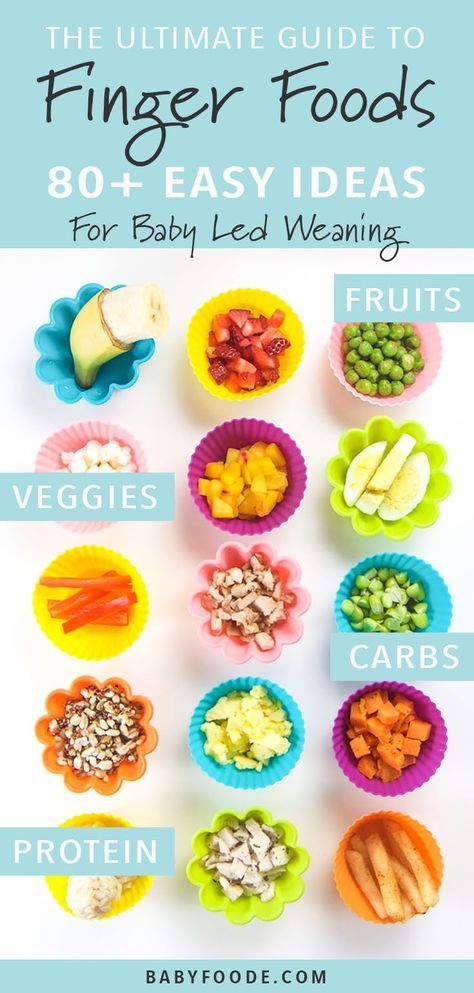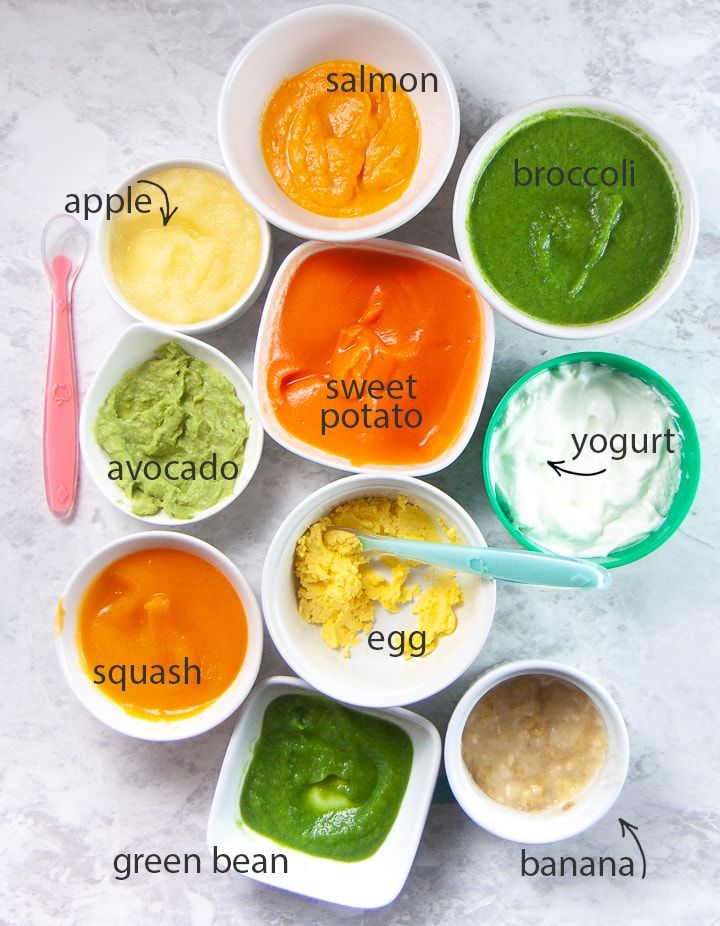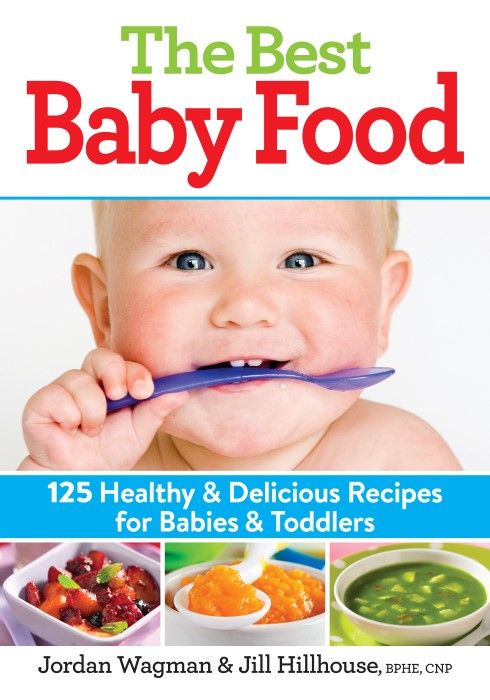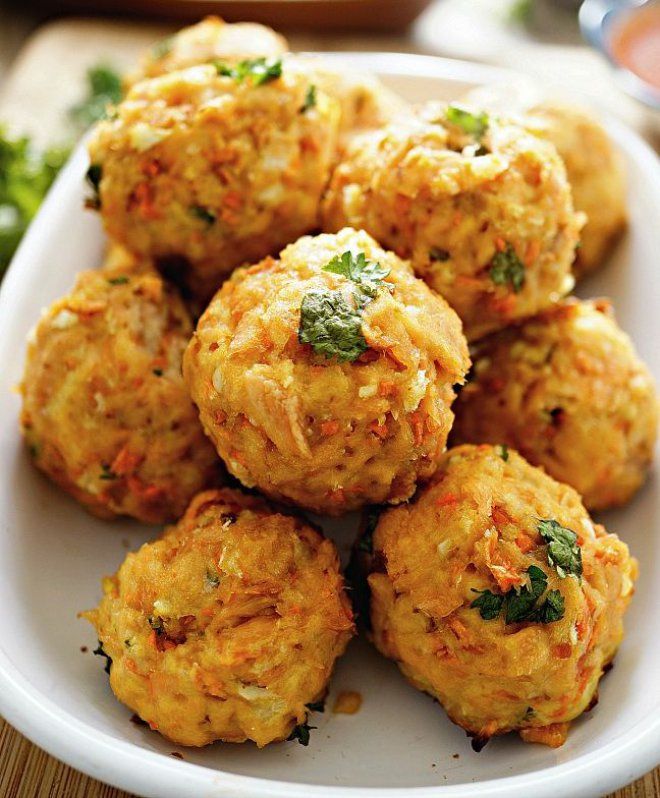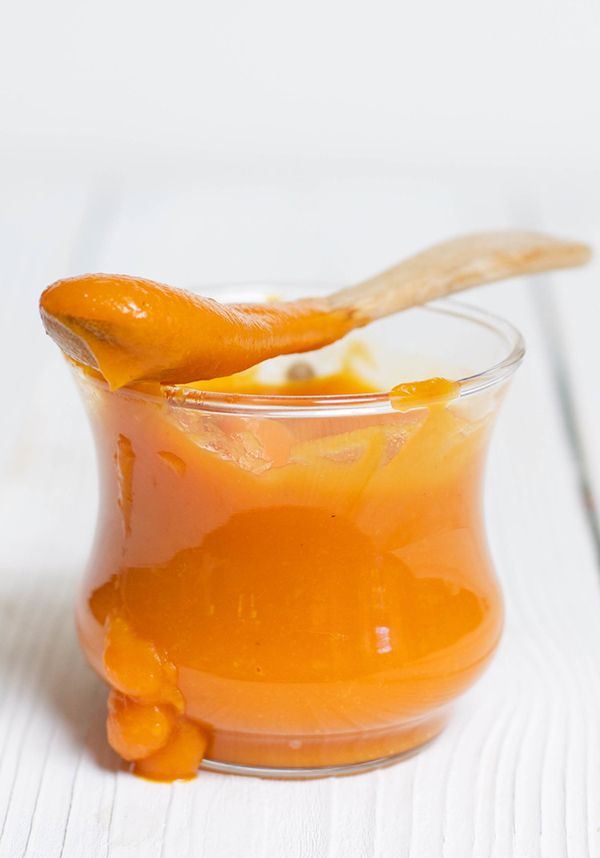Best starter finger foods for babies
Best Finger Foods for Babies: The Ultimate Guide
How exciting that your baby is about to graduate from mushy foods to finger foods! This is a big step in your little one’s development. However, you may be wondering when’s the right time to start finger foods, and how to tell that your baby is ready. We’ll answer all these questions and more, plus give you a list of the best finger foods to introduce to your baby first.
Introducing Finger Foods to Your Baby
So, when can babies eat finger foods? You can start to give your baby finger foods around the time they’re able to sit up independently and can bring their hands to their mouth. This may happen between the ages of 8 months old and 9 months old, but your baby may be ready a little sooner or later than this time.
Around this time, you may also notice that your baby is developing their pincer grasp and may be making chewing motions. These are both great indications that your baby’s ready for finger foods. Moreover, using their fingers to pick up foods will further develop your baby’s fine motor skills.
Some parents who adopt the baby-led weaning approach may start offering finger foods to their infants as early as 6 months old. This method skips spoon-feeding with solid foods and instead lets your baby take the lead in self-feeding with finger foods. Some believe this approach can decrease fussiness when it comes to introducing new foods, including finger foods, to your baby. Speak to your child’s healthcare provider if this method is something you’d like to try.
Giving your baby finger foods can help your little one learn to feed themself, just one step toward gaining independence. Self-feeding can be great fun for your baby. Even if much of the food doesn’t end up in your baby’s mouth, the fact that they’re exploring this new frontier is an accomplishment to be proud of.
First Finger Foods for Your Baby
As you begin choosing finger foods for your baby, check out the following ideas:
Steamed veggies like sweet potatoes, potatoes, carrots, green beans, peas
Soft, ripe fruits like bananas, berries, peaches (peeled), mangoes (peeled)
Whole-grain breakfast cereals (without nuts, clusters, or chunks)
Whole-grain pasta (cooked well)
Whole-wheat bread
Whole-grain crackers or wafers like teething biscuits
Soft meats like chicken
Cheese (mild)
Scrambled eggs.

Be sure that any of the above finger foods are cut into small pieces. You don’t want your baby eating a piece that’s too big to swallow. And, make sure to watch them while eating.
Finger Food Safety
During this time babies are more likely to swallow foods without chewing them, whether they have a few baby teeth coming in or they have no teeth. Avoid giving any finger foods that require a grinding action to chew (this type of chewing is typically mastered around the age of 4), as these may pose a choking risk. Offer finger foods that are soft, easy to swallow, and broken or cut into pieces that your baby cannot choke on. A good rule of thumb is that soft and mushy finger foods are safe for your baby. Small, round, coin-shaped, hard, chewy, crunchy, slippery, or sticky foods may lead to choking. Here are some foods to avoid offering your baby when they start on finger foods:
Peanut butter (in chunks)
Meat (in chunks)
Cheese (in chunks)
Raw veggies (in large chunks or round shapes), including celery sticks, carrot sticks, baby carrots, cherry tomatoes, and peas
Raw hard fruit (in large chunks or round shapes), including apples, pears, and grapes
Nuts (whole)
Seeds
Popcorn
Chewing gum
Candies (hard, gooey, or sticky)
Hot dogs or meat sticks.
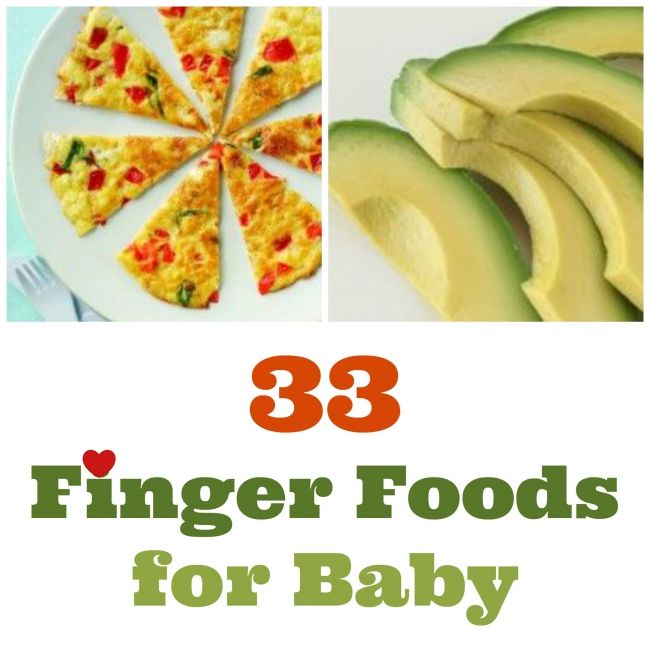
There are ways you can still give some of the above foods while making them easier to eat and less hazardous to swallow. For example:
Grapes or cherry tomatoes, cut in half
Creamy peanut butter spread thinly on whole-grain bread that’s cut into small squares
Hot dog, cut lengthwise and then cut into small 1/2-inch pieces.
Note on Food Allergies
Medical experts once recommended that parents avoid feeding their babies eggs, fish, and peanut butter since babies may be allergic to these foods. However, it’s now recommended that you introduce these foods early—while keeping a close watch for any reactions—since this approach can help reduce your child’s chances of developing food allergies. Before introducing peanut butter or peanut products, consult with your baby’s healthcare provider. Your baby is more likely to be allergic to these foods if
food allergies run in your family
your baby is known to have an egg allergy
your baby has eczema.
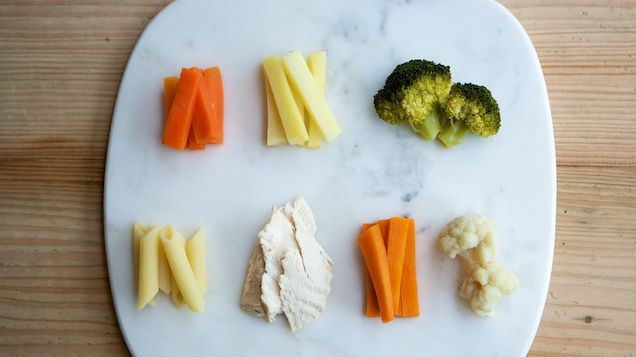
The Bottom Line
It’s time to introduce finger foods to your baby when you see that they’re able to sit up on their own, start bringing their hands to their mouth, and can use a pincer grasp to hold onto small items, like finger foods. This development happens around the age of 8 or 9 months old, but you may see it sooner or later in your baby.
In the beginning, you’ll want to introduce finger foods that are soft and easy to swallow, since babies at this age tend to swallow instead of chew even if they have a few baby teeth. Think steamed veggies and soft fresh fruits. You can also introduce whole-grain bread, crackers, cereal, or pasta if they’re cut into small pieces. Chicken, mild cheese, and scrambled eggs are also great options when served in small pieces.
Avoid hard foods like raw veggies and fruits, as well as chunks of nut butter, cheese, and meat. Whole nuts and seeds are not recommended, nor are chewing gum, candies, hot dogs, or meat sticks. All these items can pose a choking hazard.
All these items can pose a choking hazard.
Transitioning to finger foods is a big step in your baby’s development and independence. Letting your baby self-feed with finger foods may be a bit messy at first, but you’ll both get the hang of it. Learn more about developmental milestones for your 9-month-old baby.
Best Early Finger Foods for Baby (With Tips, Visuals, and Recipes)
Use this list of safe, nutritious, and easy to eat finger foods for baby to help you know exactly what (and how) to offer at meals and snacks. Plus, find the best first finger foods, troubleshooting tips, and visuals of foods broken down by food group to keep things easy!
Finger Foods for Baby
After baby starts solids and is ready to move onto finger foods, you may feel a little confused by exactly what to serve and how to serve it. Which is totally normal because it can be scary to let baby feed themselves this way and we may not have any experience doing this—or we may have totally forgotten from our last kiddo!
This list of finger foods for baby will cover some great first finger foods to start with, then set you up with plenty of healthy options from each food group.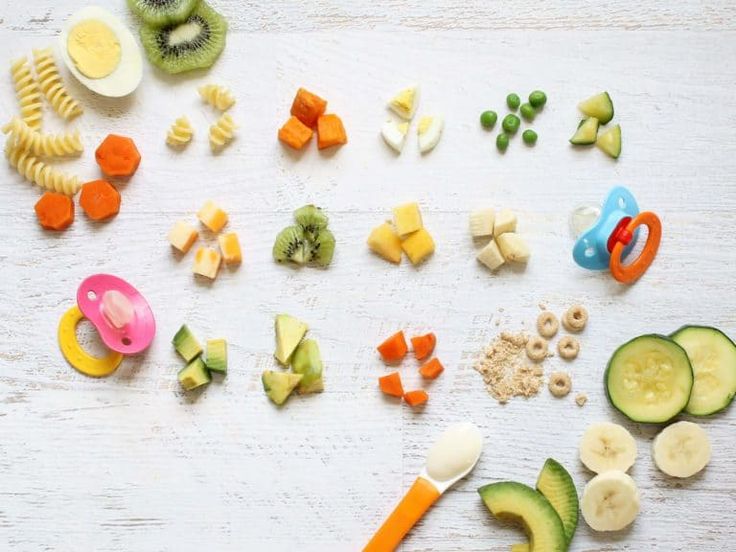
TIP: Find more info on starting solids here and the best foods to start with if doing baby led weaning or purees with baby.
Healthy Baby Food
I love sharing these ideas for baby food since they are easy to prepare and serve and because I know how hard it can be to continue to come up with flavorful and healthy meals and snacks for our little ones. Let me tell you, I’m on my third kiddo and it can be such a challenge to feed him during the chaos of parenting the rest of my crew! These foods are wholesome and nutritious—perfect for your baby.
TIP: I’m a big fan of SpoonfulONE, a company that offers the most complete way to introduce food allergens to our kids. They make mix-ins, puffs, and crackers that are yummy and easy for babies and toddlers to eat. Learn more about their pediatrician-approved baby foods here. (sponsored link)
Best First Finger Foods
When baby is around 9 months, you’ll notice that they’re able to pick up smaller pieces of food with two fingers.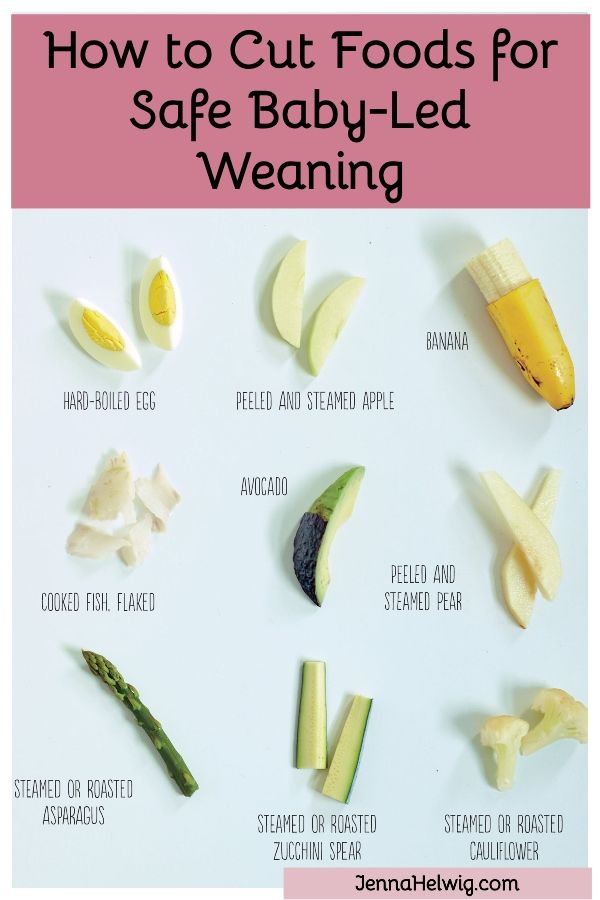 This is known as the “pincer grasp” and is a sign that they’re ready to start finger foods. To be clear, when I say “finger foods” I mean small pieces of food that a baby (or toddler) can feed themselves.
This is known as the “pincer grasp” and is a sign that they’re ready to start finger foods. To be clear, when I say “finger foods” I mean small pieces of food that a baby (or toddler) can feed themselves.
Here are some of my favorite ones to start with that are all super soft, safe to eat, and easy to pick up.
- Scrambled egg, broken up into small pieces
- Roasted sweet potato mashed and broken up into small pieces
- Fresh raspberries, broken up into smaller pieces
- Oatmeal, cooked according to package directions and allowed to cool
- Tofu, diced and sauteed lightly or steamed
- Ground beef, chicken, or turkey, broken up into small pieces or lightly mashed meatballs
- Shredded cheese or crumbled goat cheese
- Mashed sweet potato, in little pieces
- Peanut butter puffs
TIP: You can serve the tofu, ground meat, or meatballs in veggie puree from a pouch or a simple marinara sauce for extra moisture and flavor.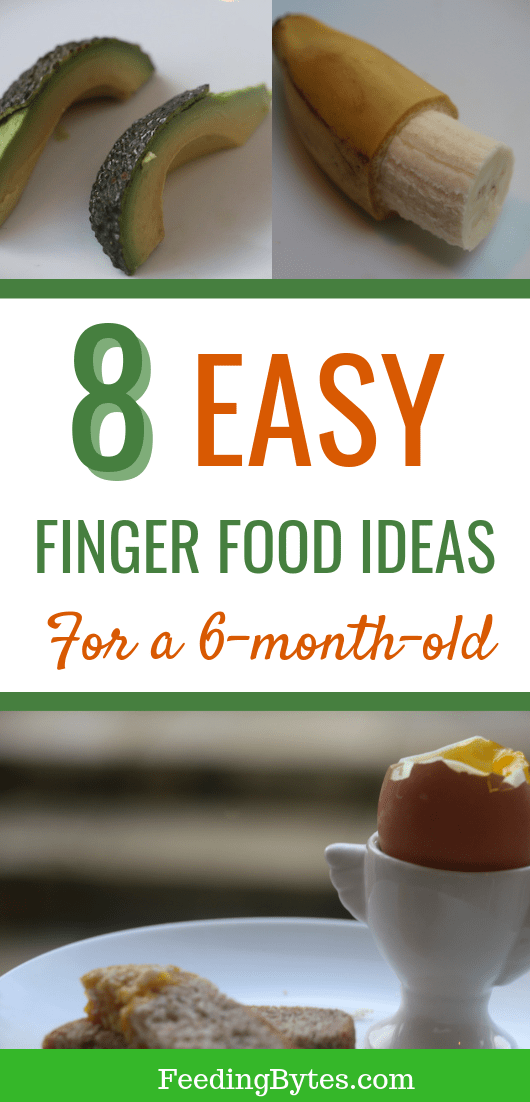 Learn more about how and why to introduce peanut butter.
Learn more about how and why to introduce peanut butter.
Finger Foods for Baby: Fruits and Veggies
Some of my favorite early fruits and veggies to serve babies are:
- Mashed roasted sweet potato, broken up into small pieces
- Warmed frozen peas, slightly mashed if desired
- Roasted Zucchini
- Diced Roasted Sweet Potato or Butternut Squash
- Fresh blueberries, cut in half or quarters
- Fresh raspberries, broken into small pieces
- Banana, broken into small segments (they are less slippery this way versus slicing them)
- Avocado, diced and mashed slightly (be sure it’s ripe and very soft)
TIP: A good rule of thumb is to serve pieces of food that are about the size of a pea to start and soft enough that they are easy to squish between your fingers. This will be easy for baby to pick up and eat and will also reduce chances of choking.
Finger Food Ideas: Carbohydrates
Offering complex carbohydrates can provide fiber, a variety of textures, B vitamins, and more.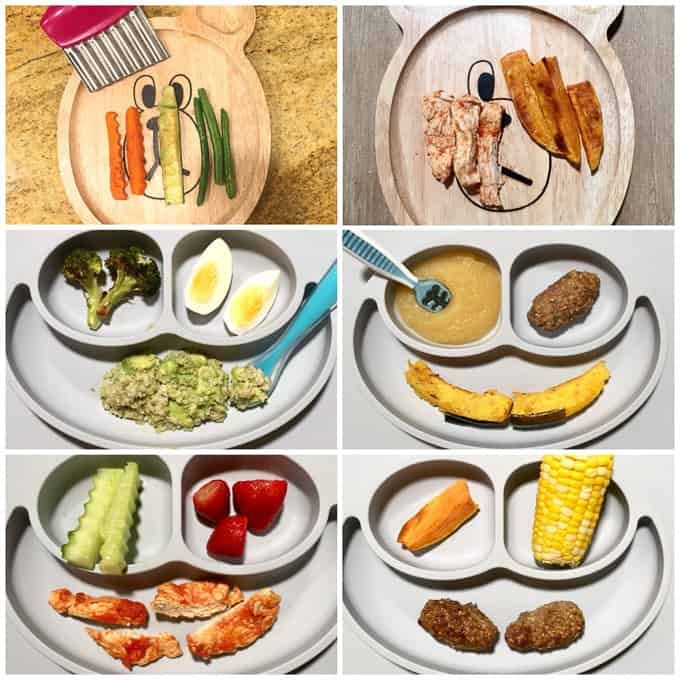 Try these with your baby.
Try these with your baby.
- Spinach pancakes (moisten with applesauce or plain yogurt if needed; this recipe is particularly moist and great for babies)
- Oatmeal, cooked according to package directions and allowed to cool
- Baby Puffs
- Peanut Butter Puffs
- Rice (it’s easiest if it’s in little clumps so baby can pick it up; this Coconut Rice or this Cheesy Rice are both good options)
- Baby Banana Muffin
- O cereal (soften in nondairy unsweetened milk or yogurt as needed)
- Baked Oatmeal, diced
Finger Food Ideas: Proteins
Offering proteins will continue to expose baby to a range of nutrients. These are my go-tos for babies newer to finger foods—and toddlers too.
- Shredded cheese (thicker cuts are a little easier to pick up)
- Tofu, diced and sauteed lightly or steamed
- Flaked cooked wild salmon
- Lightly mashed meatballs
- Shredded chicken, cut up finely (we love this Butter Chicken to share with baby)
- Ground beef, turkey, or chicken, broken into smaller pieces
- Lightly mashed beans
- Scrambled eggs, broken up into small pieces
- Diced egg muffins
I’d love to hear any questions you may have, or if you have foods that your babies enjoy that I didn’t include here.
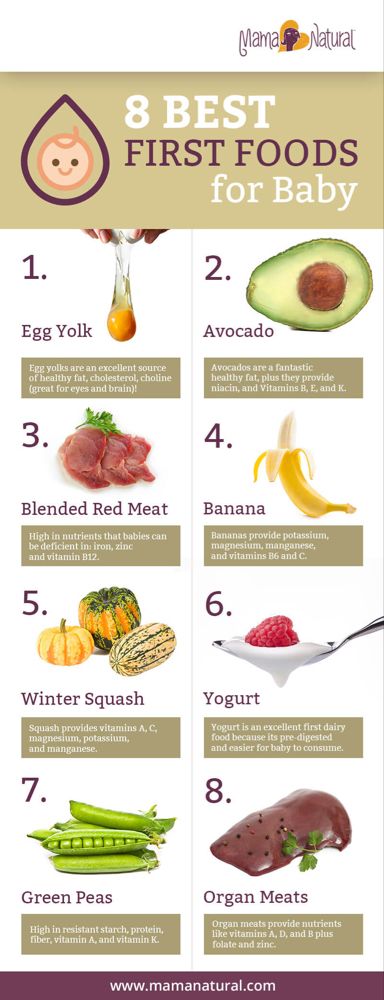 Chime in below in the comments!
Chime in below in the comments!Prep Time 5 minutes
Cook Time 5 minutes
Total Time 10 minutes
Author Amy Palanjian
Cuisine American
Course Baby Food
Calories 124kcal
Servings 1
First Finger Foods (choose 1-3 per meal)
- ▢ 1 Scrambled egg (broken up into small pieces)
- ▢ 1/4 cup Roasted sweet potato, mashed and broken up into small pieces
- ▢ 1/4 cup Fresh raspberries (broken up into smaller pieces)
- ▢ 1/4 cup Oatmeal (cooked according to package directions and allowed to cool)
- ▢ 2 tbsp Tofu (diced and sauteed lightly or steamed)
- ▢ 2 tbsp ground beef, chicken, or turkey, broken up into small pieces or lightly mashed meatballs
- ▢ 2 tbsp shredded cheese or crumbled goat cheese
- ▢ 1/4 cup Mashed sweet potato (broken into little pieces)
- ▢ 1/4 cup Peanut butter puffs
Fruits and Veggies
- ▢ 1/4 cup mashed roasted sweet potato (broken up into small pieces)
- ▢ 1/4 cup warmed frozen peas
- ▢ 1/4 cup Roasted Zucchini
- ▢ 1/4 cup diced Roasted Sweet Potato or Butternut Squash
- ▢ 1/4 cup blueberries (cut in half or quarters)
- ▢ 1/4 cup raspberries (broken into small pieces)
- ▢ 1/4 cup banana slices (broken into small segments—they are less slippery this way versus slicing them)
- ▢ 2 tbsp avocado (diced and mashed slightly—be sure it's ripe and very soft)
Whole Grains and Carbohydrates
- ▢ 1 Spinach pancakes (moisten with applesauce or plain yogurt if needed; this recipe is particularly moist and great for babies)
- ▢ 1/4 cup Oatmeal (cooked according to package directions and allowed to cool)
- ▢ 1/4 cup Baby Puffs
- ▢ 1/4 cup Peanut Butter Puffs
- ▢ 1/4 cup fully cooked rice (it's easiest if it's in little clumps so baby can pick it up; this Coconut Rice or this Cheesy Rice are both good options)
- ▢ 1 Baby Banana Muffin
- ▢ 1/4 cup O cereal (soften in nondairy unsweetened milk or yogurt as needed)
- ▢ 1/4 cup Baked Oatmeal (diced or regular oatmeal broken into little pieces)
Dairy
- ▢ 2 tbsp Shredded cheese (such as mozzarella)
- ▢ 2 tbsp Tofu (diced and sauteed lightly or steamed)
- ▢ 2 tbsp flaked cooked wild salmon
- ▢ 1 lightly mashed meatballs
- ▢ 2 tbsp finely shredded chicken (we love this Butter Chicken to share with baby)
- ▢ 2 tbsp ground beef, turkey, or chicken (broken into smaller pieces)
- ▢ 2 tbsp lightly mashed beans
- ▢ 1 Scrambled egg (broken up into small pieces)
- ▢ 1 Diced Egg muffins
For each meal or snack, choose 2-3 foods from a mix of food groups.
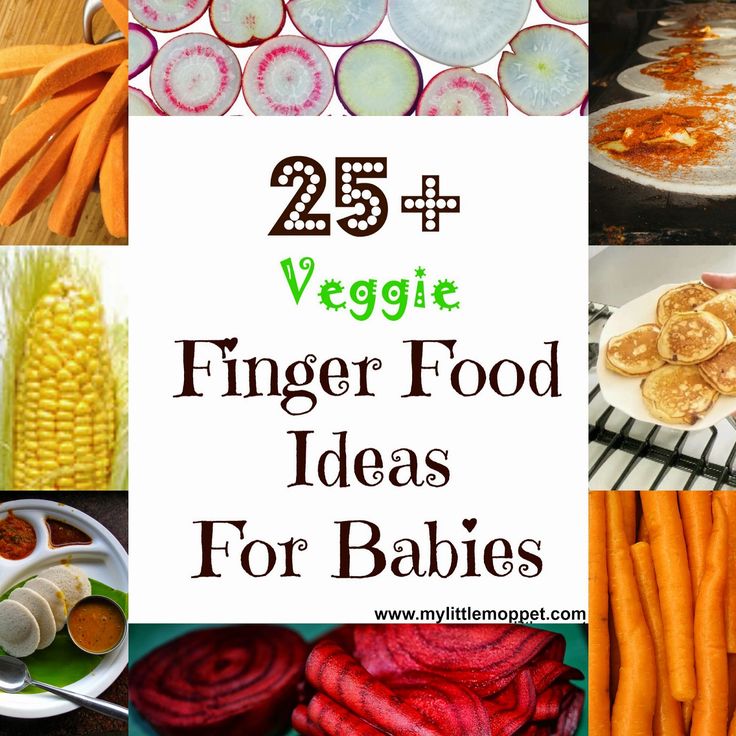 Aim to include some fat in most meals and protein in many too.
Aim to include some fat in most meals and protein in many too.Prepare the food, cutting into small pieces and/or mashing as needed to make the food easy to eat.
Start with small portions and allow more as baby indicates according to their hunger.
- Store leftovers in an airtight container for 3-5 days in the fridge.
- Many foods you cook for your family will work as baby finger foods—just be sure they are easy to squish between your fingers and the pieces are small and easy to chew.
- Babies very normally make a lot of faces when they eat, so don't assume they don't like something just because they scrunch their nose!
- Flavors and textures can take time to learn to eat, so continue offering foods in small portions even if baby hasn't liked them in the past—and make sure they taste good to you!
Calories: 124kcal, Carbohydrates: 14g, Protein: 7g, Fat: 4g, Saturated Fat: 1g, Polyunsaturated Fat: 1g, Monounsaturated Fat: 2g, Trans Fat: 1g, Cholesterol: 164mg, Sodium: 81mg, Potassium: 344mg, Fiber: 4g, Sugar: 5g, Vitamin A: 9857IU, Vitamin C: 18mg, Calcium: 51mg, Iron: 1mg
Tried this recipe?Rate in the comments and tag @yummytoddlerfood on IG!
at what age to introduce with breastfeeding and artificial feeding, how to cook at home
When to introduce the first complementary foods
Today there are no hard and fast rules and deadlines for the introduction of complementary foods.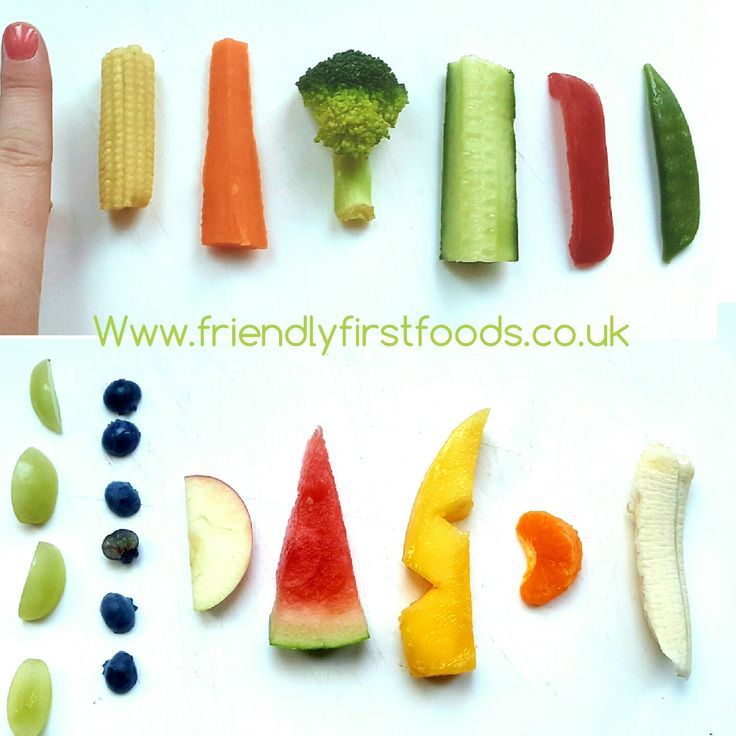 Parents should first of all focus on the signs of the child's readiness for complementary foods. Here is what pediatrician, candidate of medical sciences Anna Levadnaya advises to pay attention to , the author of a blog about pediatrics and not only on Instagram.
Parents should first of all focus on the signs of the child's readiness for complementary foods. Here is what pediatrician, candidate of medical sciences Anna Levadnaya advises to pay attention to , the author of a blog about pediatrics and not only on Instagram.
The child holds his head confidently.
- Can sit with support, meaning it can be placed in a high chair or placed on an adult's lap.
- The kid shows an active interest in food: he is interested in food, he watches what adults eat.
- Breastfeeding or formula feeding is well organized and does not cause any problems.
- The child can put his hand to his mouth, puts various objects in his mouth, such as toys. In this case, the baby chews or champs.
As a rule, all these signs appear in the period from 5.5 to 7.5 - 8 months, but most often around 6 months. All babies develop differently, and one baby may be ready to try his first puree or porridge as early as 5 months, and another at 6 or 7 months will refuse the new food you offer.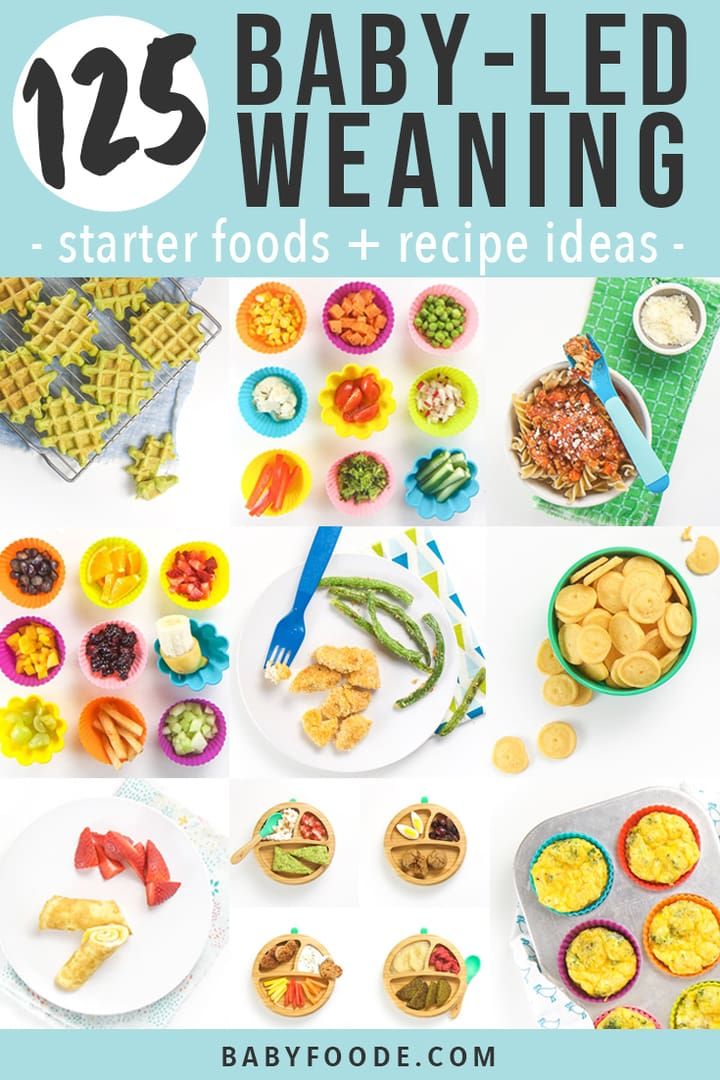
What complementary foods a child needs in the first months
Again, there are no strict recommendations and rules. On the contrary, many experts agree that it doesn’t matter which dish you start complementary foods with, the most important thing is to provide the right nutritional interest. In this case, the child will eat all the foods that you offer him.
In Russia, it is customary to focus on the following scheme for the introduction of complementary foods. The first to introduce cereals or vegetables, depending on the weight of the child. As a rule, vegetables are first, then cereals, then meat, then fruits, then cottage cheese. In some US states, for example, on the contrary, it is recommended to start complementary foods with meat. But the general message of the recommendations is to maximize the variety of tastes and textures in the first year of life. From vegetables in the first months, you can offer zucchini, cauliflower, broccoli, pumpkin, carrots, potatoes.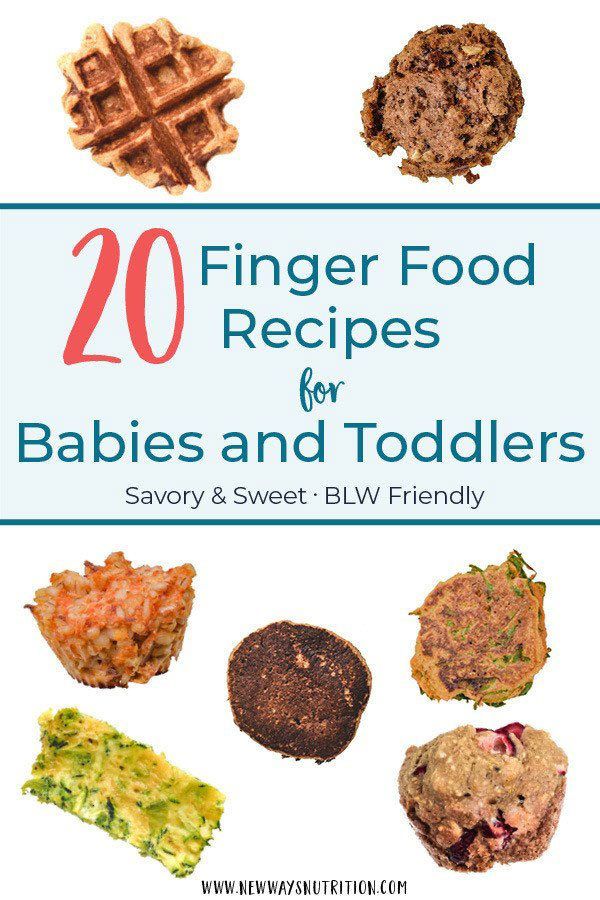 Of the cereals, gluten-free are the first to be introduced: rice, buckwheat, corn. From fruits - apple, pear, banana, peach and others. From meat - it is better to start with a rabbit, turkey, chicken, veal.
Of the cereals, gluten-free are the first to be introduced: rice, buckwheat, corn. From fruits - apple, pear, banana, peach and others. From meat - it is better to start with a rabbit, turkey, chicken, veal.
— At the very beginning, complementary foods should be puree-like, says Anna Levadnaya. - It is better to give preference to monocomponent purees so that the baby learns to distinguish between different tastes. As you introduce vegetables and cereals, add butter and vegetable oils to them. If there are no problems with the introduction of complementary foods, it is recommended to use the maximum variety of food textures as early as possible. Starting from 7-8 months, the baby can and should be introduced to semi-solid foods. This is very important for the correct formation of food interest, and for the development of chewing skills, the correct functioning of the tongue, the development of speech, the “tweezer” grip, and the coordination of the work of hands, mouth and eyes. If you do not introduce semi-solid food in time, then there may be problems with the introduction of already solid food, and after a year the child will refuse it completely. Therefore, starting from 7-8 months, the baby can be offered mashed or pureed food, such as a banana. From 8-9months, give the so-called "finger" food: cut into pieces soft fruits and vegetables, such as boiled carrots, potatoes, and put in front of the baby. By one year, the child is ready to eat solid food from the common table.
This is very important for the correct formation of food interest, and for the development of chewing skills, the correct functioning of the tongue, the development of speech, the “tweezer” grip, and the coordination of the work of hands, mouth and eyes. If you do not introduce semi-solid food in time, then there may be problems with the introduction of already solid food, and after a year the child will refuse it completely. Therefore, starting from 7-8 months, the baby can be offered mashed or pureed food, such as a banana. From 8-9months, give the so-called "finger" food: cut into pieces soft fruits and vegetables, such as boiled carrots, potatoes, and put in front of the baby. By one year, the child is ready to eat solid food from the common table.
How to properly feed your baby
It used to be that complementary foods should be introduced very carefully and gradually, always in the morning, many parents still introduce each product over a week or two, very slowly increasing portions.
- These recommendations are relevant, perhaps, only for the very beginning of complementary foods, the first two or three weeks, - says Anna Levadnaya. - In general, in children without food allergies, the most rapid and varied expansion of the diet is recommended. That is, a new product can be safely introduced every 2-3 days. If you need to breed complementary foods, for example, baby cereals, then it is better to do this with breast milk or formula, and not with cow's. Whole milk is not recommended for children under one year of age.
Also with the introduction of complementary foods, offer your child water, either bottled for children or boiled. It is recommended to offer water from a cup so that the child learns to drink, and not from a drinking bowl, a bottle with a tube or a pacifier.
Photo: pexels.com, MART PRODUCTIONMonitor the child's well-being, in case of any changes that worry you, consult a doctor.
Complementary foods with natural and artificial feeding
Mothers often wonder if there are differences in the introduction of complementary foods with natural and artificial feeding.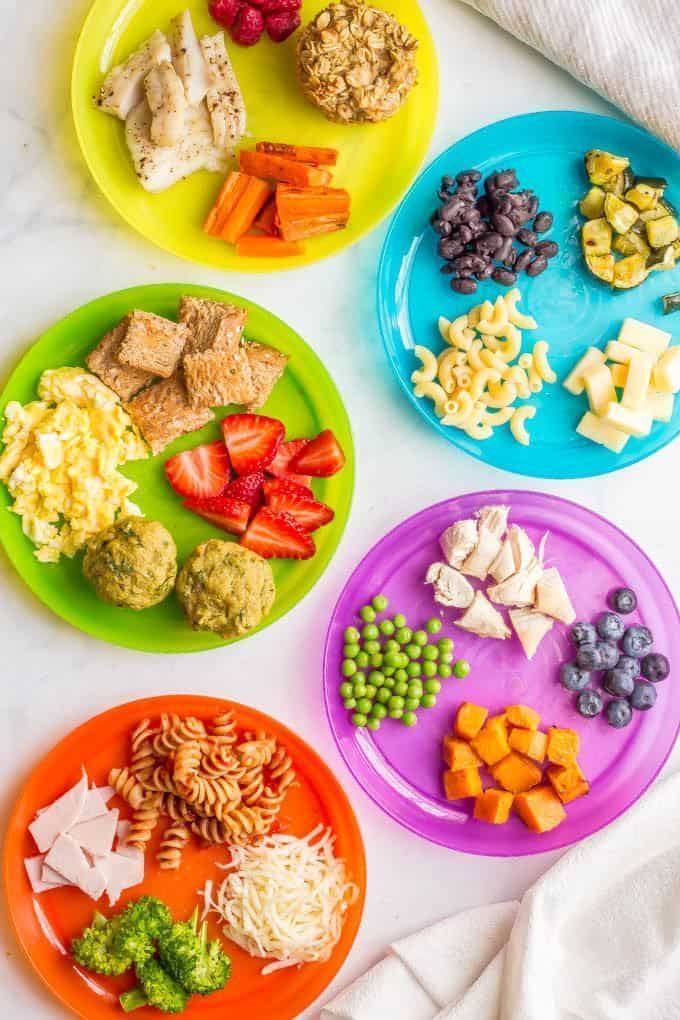 In both cases, the recommendations are the same: it is recommended to focus on food interest, signs of the child's readiness for the introduction of complementary foods. Usually, as we have already noted, the baby receives only breast milk or an adapted milk formula up to 6 months. With exclusive breastfeeding, it is not recommended to supplement the baby with water, especially in the first month, when lactation is established. Bottle-fed babies can be offered water.
In both cases, the recommendations are the same: it is recommended to focus on food interest, signs of the child's readiness for the introduction of complementary foods. Usually, as we have already noted, the baby receives only breast milk or an adapted milk formula up to 6 months. With exclusive breastfeeding, it is not recommended to supplement the baby with water, especially in the first month, when lactation is established. Bottle-fed babies can be offered water.
For both breastfeeding and artificial feeding, it is recommended to offer the baby a new food before feeding, and then supplement it with breast milk or formula.
— It is desirable to keep breast milk or formula in the diet of a child up to a year, — says Anna Levadnaya. - After a year, it is better to leave the bottle completely, gradually reducing the amount of the mixture. After a year, preferably closer to one and a half, cow's milk can be offered if the child is not allergic to its protein. Breastfeeding can be continued as long as it brings pleasure to mother and child.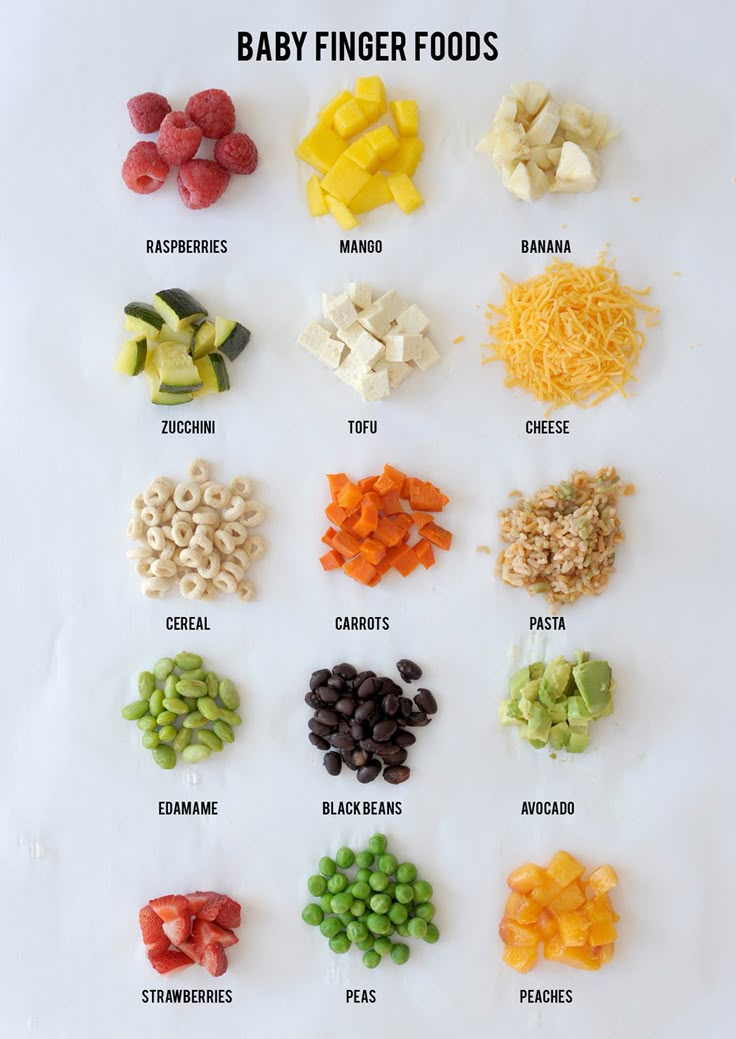
How to prepare the first complementary foods
Give canned puree and baby cereals or cook it yourself? This question worries many mothers.
“In fact, there is no universal advice here,” says Anna Levadnaya. - Do what is comfortable and best for you. But when choosing food, remember that you must be confident in the products you buy. If you are not sure, buy canned purees, industrial baby cereals. The main advantage of any industrial baby food is that the products from which it is made are tested for the content of pesticides, heavy metals, nitrates and other harmful substances (labeled up to 3 years). If you're cooking yourself, cook with either seasonal fruits and vegetables or frozen ones. It is best to do it for a couple - this is how most vitamins and minerals are preserved. The advantage of homemade products is that we can provide the child with a different consistency, which is very important. But in any case, choose what is more convenient for you, more comfortable, including financially. The main principle is to provide the baby with a varied diet. Alternate between different foods.
The main principle is to provide the baby with a varied diet. Alternate between different foods.
If you decide to cook on your own, follow our tips on how to prepare puree and porridge for the first feeding.
Vegetable puree
Zucchini, broccoli, cauliflower, carrots, pumpkin are suitable for the first feeding. The vegetable should be fresh, without dark spots. We clean it from the peel, boil or steam it. Then we pass through a blender. The vegetable should be quite soft to get the most uniform consistency (if necessary, you can add a little boiled water). If it did not work out, then additionally the mass can be rubbed through a fine sieve.
Fruit puree
To prepare fruit puree for your baby, such as apple or pear puree, fruit must first be baked in the oven, then peeled and passed through a blender or sieve to obtain the most homogeneous consistency. Choose fresh, ripe, seasonal fruits.
Porridges
Soak cereals (for the first feeding, we remind you, this is rice, buckwheat, corn) for 4-5 hours in warm water. Then dry, for example, in a preheated oven. Next, grind the porridge in a coffee grinder into the consistency of flour and cook in water until cooked, this is about 5 minutes. For one tablespoon you need about 50-70 ml of water.
Then dry, for example, in a preheated oven. Next, grind the porridge in a coffee grinder into the consistency of flour and cook in water until cooked, this is about 5 minutes. For one tablespoon you need about 50-70 ml of water.
The main mistakes of parents
In fact, there is nothing complicated in the management of complementary foods. Use the guidelines, common sense, and have fun introducing your little one to new foods. With Anna Levadna, we have compiled a list of mistakes that parents often make when introducing complementary foods. Try to avoid them.
In a hurry
It often happens that a child refuses the first complementary foods. Most often, this suggests that the baby is simply not ready for it yet. And the parents, by hook or by crook, are trying to feed him mashed potatoes or porridge. Under no circumstances should you force-feed your baby. It is worth postponing the introduction of complementary foods for one to two weeks.
Give mashed food from a bottle
Do not do this because the child must learn to eat liquid and solid food separately.
Add salt or sugar
These components are not recommended to be introduced into complementary foods for a child under one year old, sugar is better up to three years old.
Only the bottle is used too long
For example, in addition to formula, if the child is on IV, they give water, compote and other drinks from the bottle. The danger is that long-term use of the bottle can reduce the child's desire to eat complementary foods and malocclusion, as well as lead to speech delay and swallowing problems. From 6-8 months, offer your baby to drink from a cup.
Children are not allowed to play with food
But freedom in dealing with food, the desire to take a spoon, move it around the plate and on the table, touch the food, knead it, and so on, is the key to a successful introduction of complementary foods.
what foods are possible, features of complementary foods
It is no secret that young and not very experienced mothers receive information on the nutrition of an infant, including recommendations on how to introduce the first complementary foods, mainly from two sources: grandmother's stories and from the Internet. Unfortunately, both of these respected sources of information may voluntarily or not voluntarily, but be very mistaken, since grandmothers grew up in a more prosperous time in terms of environmental conditions, and the Internet is littered with various articles that are rarely written by professionals, moreover, they rely either on explicit outdated guides on baby food, or frankly on unverified information.
In this article, I will try to combine the latest scientific data and recommendations on how to introduce the first complementary foods with many years of observations from the experience of a practical pediatrician and an allergist-immunologist.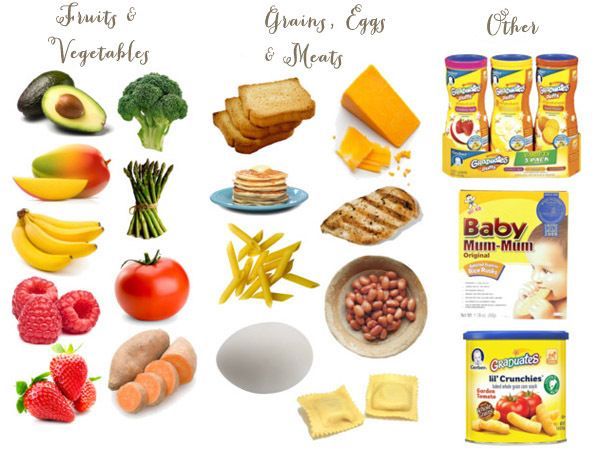
At what age is it time to introduce the first complementary foods
According to the recommendations of the Research Institute of Nutrition of the Russian Academy of Medical Sciences, the first complementary foods can be introduced from 4.5 - 5 months, regardless of the type of feeding. This is "average". In practice, the choice of when to start introducing complementary foods still depends on the individual characteristics of the child. For example, for a child with widespread atopic dermatitis (diathesis), we will not introduce complementary foods until at least acute skin symptoms, such as cracks, weeping or secondary eczema, have steadily disappeared. Increased dryness and flaking of the skin, of course, require constant application of moisturizers to the skin, but in no case are they a contraindication to the start of the introduction of the first complementary foods.
Another important point when choosing the time to start introducing complementary foods is the dynamics of the child's weight gain.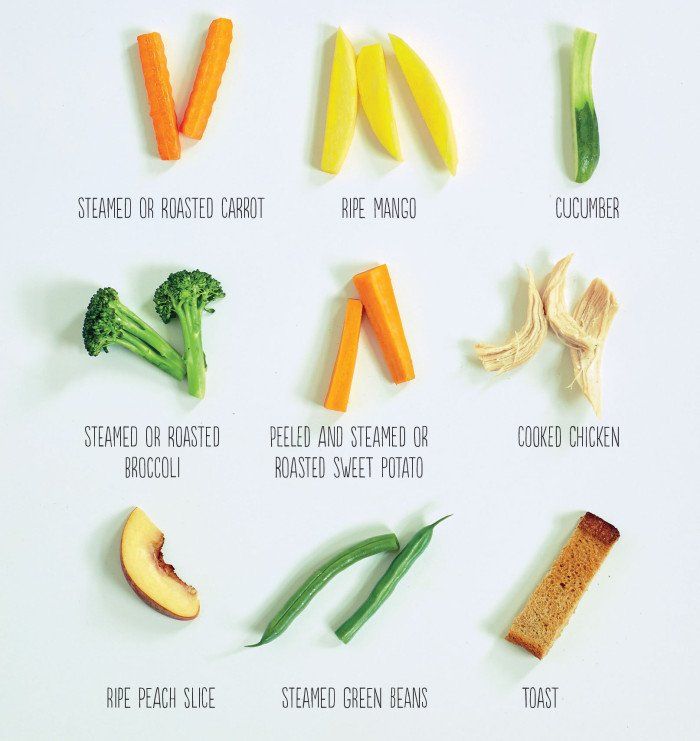 The more intensively the child gains in height and weight, the sooner he may need additional calories, since the energy value of breast milk or artificial formula alone will most likely not be enough for a child who grows faster than his peers by 4 - 5 months. We must not forget that natural products contain a fairly large range of minerals and vitamins, and a mother’s body, alas, cannot be an eternal and bottomless source of useful nutrients, somewhere something will gradually begin to be missed.
The more intensively the child gains in height and weight, the sooner he may need additional calories, since the energy value of breast milk or artificial formula alone will most likely not be enough for a child who grows faster than his peers by 4 - 5 months. We must not forget that natural products contain a fairly large range of minerals and vitamins, and a mother’s body, alas, cannot be an eternal and bottomless source of useful nutrients, somewhere something will gradually begin to be missed.
In addition, the nature of lactation in the mother has a great influence on the timing of the introduction of complementary foods. If a nursing mother begins to feel a lack of milk, I would prefer to first give her advice on stimulating lactation, and at the same time begin to introduce complementary foods. It will be better than introducing an artificial mixture. But I repeat that the earliest start date for the introduction of the first complementary foods is the age of 4 months, before the child's body is not yet ready, the risk of developing allergies is also high.
So, we agree with you that the first complementary foods can be introduced no earlier than 4 months of a child's life.
First complementary foods: Which foods to choose?
The first complementary foods, as a rule, should consist of vegetable or fruit purees, but in no case juices. Still, juices, even for children, are highly filtered, mainly contain a large amount of organic acids and “light” carbohydrates (that is, sugar, to make it clear to everyone). I will not waste time explaining why juices are harmful to an infant, but I will describe a clinical case from practice.
Parents with an 8-month-old girl came to the reception. Somewhere from 5 months she practically did not gain weight, although before that all indicators were normal. In the analyzes, apart from visible signs of iron deficiency, slightly reduced hemoglobin, no pathology was also detected. The main complaint: "does not eat anything." And when I began to find out what she still eats, it turned out that the child drinks half a liter of juice every day. But porridge or cottage cheese, or mashed potatoes cannot be forced together, they spit everything out. I don't like the taste. And so - for three months. The child, of course, became very nervous, yelling at night, demanding juice.
But porridge or cottage cheese, or mashed potatoes cannot be forced together, they spit everything out. I don't like the taste. And so - for three months. The child, of course, became very nervous, yelling at night, demanding juice.
So draw your own conclusions and be careful.
For the first feeding, this is now recognized by everyone, the best dishes are vegetable purees from green varieties of vegetables: zucchini, cauliflower, broccoli. The first complementary foods are introduced, starting with half a teaspoon, in the morning for three days, then gradually increase the amount of the product to 40-50 grams per week. Supplemented with breast milk or formula.
For problems with stools, constipation, it’s good to start introducing prune puree, green apple, you can try pumpkin, even apricot puree, but in no case start with carrots. Beta-carotenoids, which are abundant in carrots, are generally poorly absorbed and can cause allergies in a child.
Second food Porridge or meat?
Even 5 - 6 years ago, we taught students at the medical institute that from 5 - 5. 5 months old, an infant should begin to give cereal porridge for complementary foods. This is rice, buckwheat, corn. The first week you can cook 5% porridge: 5 grams of ground cereal per 100 ml of water. Then the porridges are cooked already denser: 10 grams of cereal per 100 ml of water. But now, basically everyone uses instant (soluble) cereals, which are diluted with water according to the instructions on the package. In addition, ready-to-eat liquid cereals are on sale: for example, Bellakt, Frutonyanya, etc.
5 months old, an infant should begin to give cereal porridge for complementary foods. This is rice, buckwheat, corn. The first week you can cook 5% porridge: 5 grams of ground cereal per 100 ml of water. Then the porridges are cooked already denser: 10 grams of cereal per 100 ml of water. But now, basically everyone uses instant (soluble) cereals, which are diluted with water according to the instructions on the package. In addition, ready-to-eat liquid cereals are on sale: for example, Bellakt, Frutonyanya, etc.
Why meat? You ask. According to modern recommendations (they really began to change quite often), but in this case I support: if a child has a pronounced decrease in hemoglobin in the blood below 100 g / l by the age of 5 months, it makes sense to start introducing fruit or vegetable purees as a second types of complementary foods - meat purees as a source of the most well-absorbed heme iron. You need to choose from varieties such as turkey, rabbit, lamb. Beef and veal can only be offered to children who did not have red cheeks and diathesis.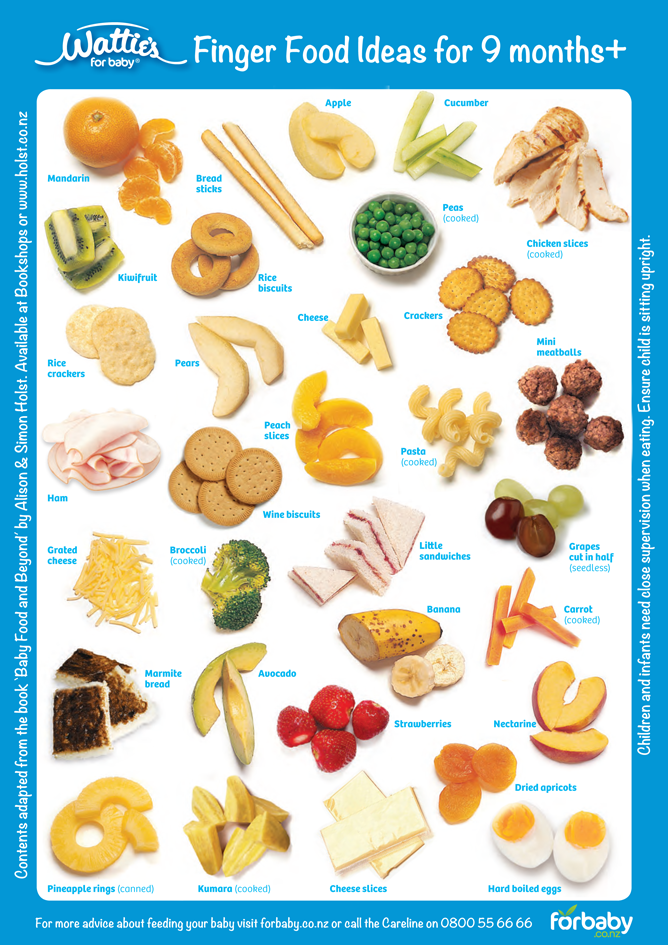
In the absence of problems with low hemoglobin, feel free to introduce porridge as the second meal of complementary foods, especially if the child is small and does not gain weight very well. In this case, we can recommend breeding cereals with the addition of breast milk or a mixture (Nan, Nutrilon, Celia, Nanny). With mixtures based on goat's milk, parents of children with a predisposition to allergies should be very careful. Goat milk formulas are not the best choice for babies who are allergic or intolerant to cow's milk protein, whatever the internet says. Believe me, there are serious scientific articles by foreign authors, which provided data on a very high frequency of cross-allergy between cow and goat milk proteins in children who were transferred to goat milk mixtures. And I saw it myself in my practice, when a child with dermatitis was transferred to a mixture of goat's milk, there was a clear improvement for a month or two, and then all over again and with a doubled degree of allergic skin damage.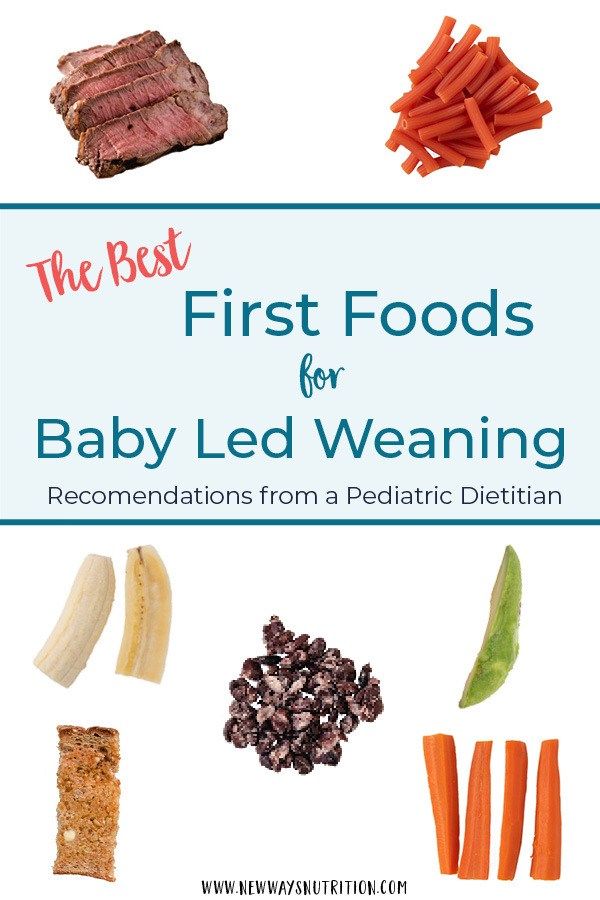
Introduction to fermented milk products
This is the most difficult question. I am sure that most of our grandparents demand that their stupid parents start drinking milk and kefir as soon as possible. In a number of cases, children really start to absorb sour-milk products quite well after 6 months, but before this age I am very careful even with sour-milk Agusha, and even introducing milk or kefir before 6 months is a bad form, believe me, and can lead to very bad consequences for the child. I understand the Western European medical community, which has recently banned its pediatricians from recommending fermented milk products for complementary foods for children under 3 years of age, just imagine!
They (the Europeans) need to do something with their artificial milk mixtures. Even 20 years ago, we did not know other mixtures after the "two", that is, the second formula for children from 6 to 12 months. Then there were formulas for children from 1 to 2 years old, then from 2 to 3 years old, and now there are already mixtures for children up to 4 years old, and I think if this goes on, then until the age of sixteen there will be their own milk substitutes. Dismiss me, I don't think this approach is correct. But the fact is that our grandparents had much better genetics than the generation of our children, alas. In the context of the growth of medical capabilities, genetically determined diseases are also growing, and in this case, intolerance to cow's milk protein, and with every 10 years there are more and more such people among us. But if a child really suffers from an allergy to cow's milk protein or is severely deficient in enzymes, then he will carry this peculiarity through his whole life, and most likely he will not drink milk or kefir himself, and there is no need to force him if he himself won't want to!
Dismiss me, I don't think this approach is correct. But the fact is that our grandparents had much better genetics than the generation of our children, alas. In the context of the growth of medical capabilities, genetically determined diseases are also growing, and in this case, intolerance to cow's milk protein, and with every 10 years there are more and more such people among us. But if a child really suffers from an allergy to cow's milk protein or is severely deficient in enzymes, then he will carry this peculiarity through his whole life, and most likely he will not drink milk or kefir himself, and there is no need to force him if he himself won't want to!
But you are lucky with genetics, and no one in the family has ever had an allergy (which is hard to imagine nowadays), and most importantly, if your child has always had perfectly clean skin, then the first of the dairy products - cottage cheese, you will begin to offer your child with 7 months, kefir - from 10 months.